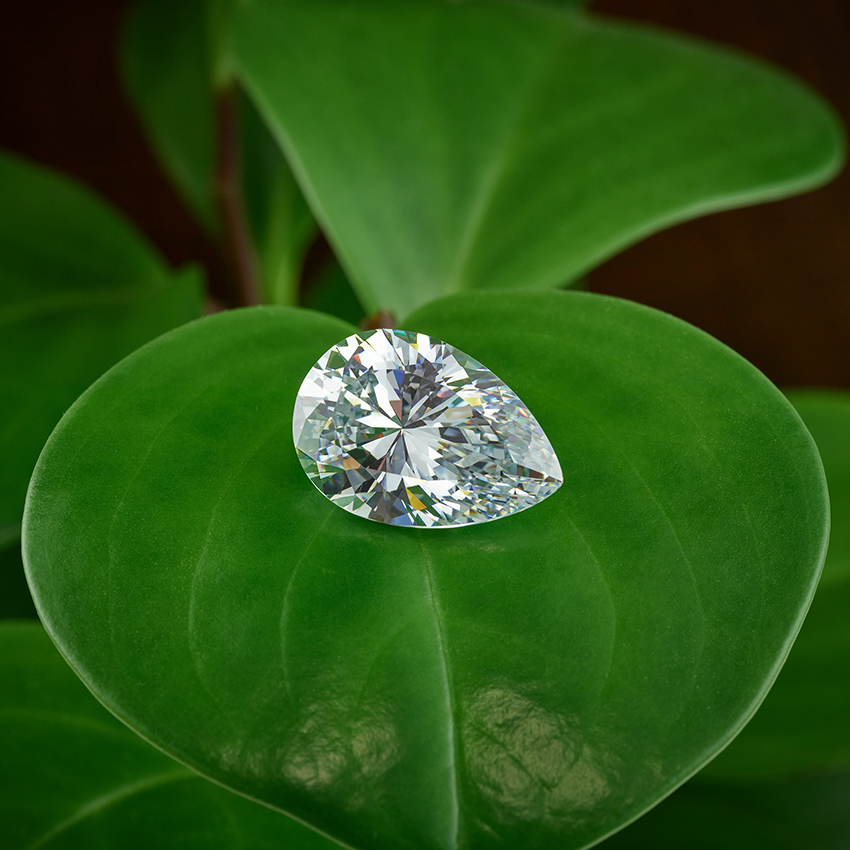Lab Grown Diamonds vs Natural Diamonds: A Far reaching Correlation
In the domain of fine adornments, diamonds have for quite some time been commended for their brightness and extraordinariness. With the coming of cutting edge innovation, lab grown diamonds vs natural diamond have arisen as a remarkable option in contrast to conventional natural diamonds. This article gives an inside and out examination of lab-grown and natural diamonds, zeroing in on their creation processes, quality credits, and financial ramifications.
Table of Contents
Lab-Grown Diamonds: An Outline
Lab-grown diamonds, additionally alluded to as engineered diamonds or man-made diamonds, are delivered in controlled conditions that impersonate the natural circumstances under which diamonds structure. These diamonds share similar physical and synthetic properties as their natural partners, however their beginnings contrast.
Creation Cycles
Lab-grown diamonds are fundamentally made utilizing two high level strategies: High Tension High Temperature (HPHT) and Substance Fume Affidavit (CVD).
High Tension High Temperature (HPHT): This strategy imitates the outrageous strain and temperature conditions tracked down profound inside the World’s mantle. Carbon is exposed to high strain and intensity to solidify into diamonds. The subsequent diamonds are almost indistinguishable from natural diamonds with regards to their actual properties and appearance.
Synthetic Fume Testimony (CVD): This method includes keeping carbon iotas onto a substrate inside a vacuum chamber. The carbon iotas attach to frame diamond gems after some time. CVD diamonds are grown in a more controlled climate, and their properties are carefully observed all through the development cycle.
Quality and Appearance
Lab-grown diamonds show a similar splendor, hardness, and fire as natural diamonds. They are assessed utilizing similar evaluating norms, including the Four Cs: Carat weight, Cut, Variety, and Clearness. In any case, lab-grown diamonds frequently have different consideration designs contrasted with natural diamonds. While natural diamonds might contain remarkable natural incorporations, lab-grown diamonds can have less or various considerations because of their controlled climate.
Cost Effectiveness
One of the main benefits of lab-grown diamonds is their expense viability. Ordinarily, lab-grown diamonds are evaluated 20-40% lower than natural diamonds of practically identical size and quality. This cost dissimilarity permits customers to buy bigger or better diamonds affordable enough for them requirements, offering a significant incentive.
Natural Diamonds: An Immortal Work of art
Natural diamonds are shaped more than great many years under extraordinary topographical circumstances. Their development interaction is a wonder of natural science, and their unique case adds to their getting through charm.
Arrangement and Extraordinariness
Natural diamonds are made through geographical cycles including:
Carbon Crystallization: Carbon molecules are exposed to outrageous intensity and tension profound inside the World’s mantle, where they solidify into diamond structure. This natural interaction requires a long period of time, adding to the diamond’s unique case and worth.
Geographical Vehicle: Diamonds are brought to the World’s surface through volcanic ejections. The novel geographical circumstances expected for this transport add to the diamond’s unique case and selectiveness.
Quality and Attributes
Natural diamonds are assessed in light of similar reviewing rules as lab-grown diamonds: Carat weight, Cut, Variety, and Lucidity. Notwithstanding, natural diamonds frequently include unmistakable considerations and natural defects, which can upgrade their uniqueness and allure. These natural attributes add to their story and provenance, adding to their worth.
Speculation and Resale Worth
Natural diamonds have generally held their worth well and are much of the time seen as a drawn out venture. Their unique case and verifiable importance add to their true capacity for value increase after some time. Notwithstanding, the resale market for natural diamonds can be variable, affected by patterns and market demand.
Ecological and Ethical Contemplations
Both lab-grown and natural diamonds raise significant ecological and ethical contemplations.
Lab-Grown Diamonds
Lab-grown diamonds offer critical benefits concerning natural effect. They are created with insignificant biological interruption, not at all like customary diamond mining, which can have significant ecological results. Furthermore, lab-grown diamonds give a more straightforward and detectable production network, diminishing the gamble of ethical issues like clash diamonds.
Natural Diamonds
Natural diamond mining, while a wellspring of financial action in different locales, can have significant ecological and ethical difficulties. Customary mining practices can prompt living space annihilation and other ecological effects. Endeavors are being made inside the business to work on maintainable practices and guarantee that diamonds are obtained capably. Affirmation programs and ethical obtaining drives expect to address these worries and give shoppers more data about the starting points of their man made diamonds.
Conclusion
The decision between lab-grown and natural diamonds at last relies upon individual inclinations and needs. Lab-grown diamonds offer a financially savvy, ethical, and harmless to the ecosystem option in contrast to natural diamonds, without settling for less on quality or appearance. Then again, natural diamonds have an immortal charm and verifiable importance that can upgrade their worth and allure.







